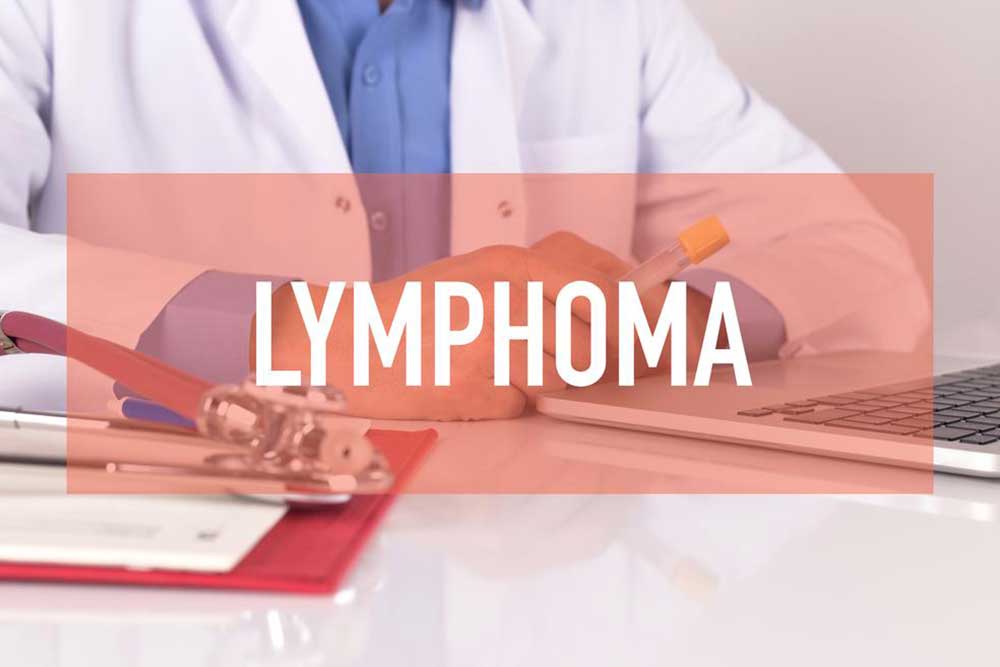Comprehensive Approaches to Managing Non-Hodgkin’s Lymphoma Effectively
Explore comprehensive and personalized strategies for managing Non-Hodgkin’s lymphoma effectively. Learn about diagnosis, signs, treatment options, and the importance of tailored therapy in improving patient outcomes for this complex disease.

Comprehensive Approaches to Managing Non-Hodgkin’s Lymphoma Effectively
Non-Hodgkin’s lymphoma (NHL) is a complex and potentially life-threatening cancer that originates in the lymphatic system, specifically affecting lymphocytes, a type of white blood cell crucial to the immune response. Due to its heterogeneity, managing NHL requires a nuanced understanding of the disease's behavior and careful customization of treatment strategies. Patients diagnosed with NHL are encouraged to work closely with experienced healthcare professionals to develop a personalized treatment plan that aligns with their specific health profile, disease subtype, and stage.
Unlike other cancers, NHL encompasses numerous subtypes, each with distinct biological and clinical behaviors. Early detection through vigilant monitoring and prompt diagnosis significantly improve prognosis and treatment options. Recognizing the early signs and symptoms of NHL can help in seeking timely medical attention, which is essential for better treatment outcomes.
Common signs of NHL include:
Persistent fever without an apparent infection
Painless swelling of lymph nodes, especially in the neck, armpits, or groin
Unexpected and unexplained weight loss
Chronic cough or difficulty breathing
Shortness of breath or chest discomfort
Profuse sweating, particularly at night
Severe fatigue and weakness
Detecting NHL involves a series of diagnostic procedures designed to understand the extent and nature of the disease. These include a comprehensive physical examination focusing on lymph node enlargement, blood tests to evaluate blood cell counts and overall health status, imaging scans such as X-rays, MRI, and CT scans to visualize affected areas, and biopsies—where a small tissue sample is taken for microscopic analysis to confirm the diagnosis and determine the specific subtype of NHL.
Effective management of NHL hinges on understanding various factors including the specific lymphoma subtype, the stage at diagnosis, the tumor's growth rate, and the patient's overall health status and age. These variables influence the choice of treatment strategies and necessitate a personalized approach formulated by an experienced oncologist. Treatment modalities may involve a combination of therapies such as chemotherapy, targeted therapy, radiation therapy, immunotherapy, stem cell transplantation, or surgical intervention in certain cases.
In some instances, especially with indolent or slow-growing lymphoma subtypes, a conservative watch-and-wait approach may be adopted. This strategy avoids unnecessary side effects associated with aggressive treatments when the disease is not progressing rapidly. Nonetheless, regular monitoring is essential to detect any changes that might necessitate intervention. Since NHL presents with diverse responses to treatment, flexibility and ongoing reassessment are key to optimizing patient outcomes. Adjustments to the treatment plan are often needed based on the response and any adverse effects experienced.
The overarching goal is to tailor therapy to each patient's circumstances, maximizing efficacy while minimizing toxicity. Advances in targeted and immunotherapies continue to improve prognosis and offer new hope to patients diagnosed with this complicated disease.
Overall, managing Non-Hodgkin’s lymphoma effectively requires a multidisciplinary approach that includes early diagnosis, personalized treatment planning, continuous monitoring, and supportive care. Staying informed about the latest advancements and working closely with a dedicated healthcare team are vital elements for achieving the best possible outcomes.





